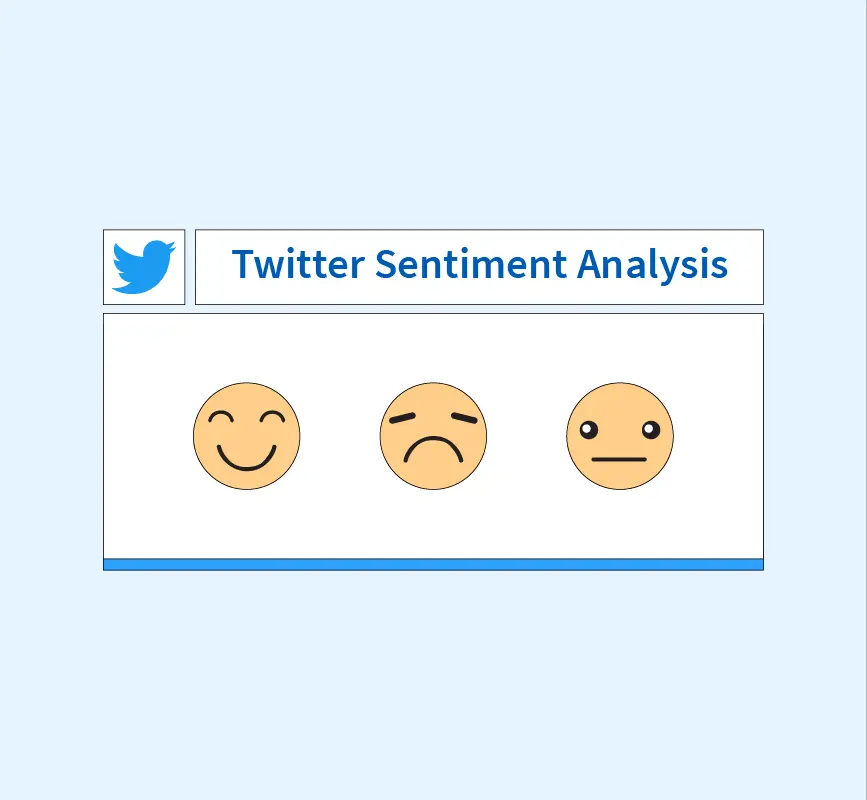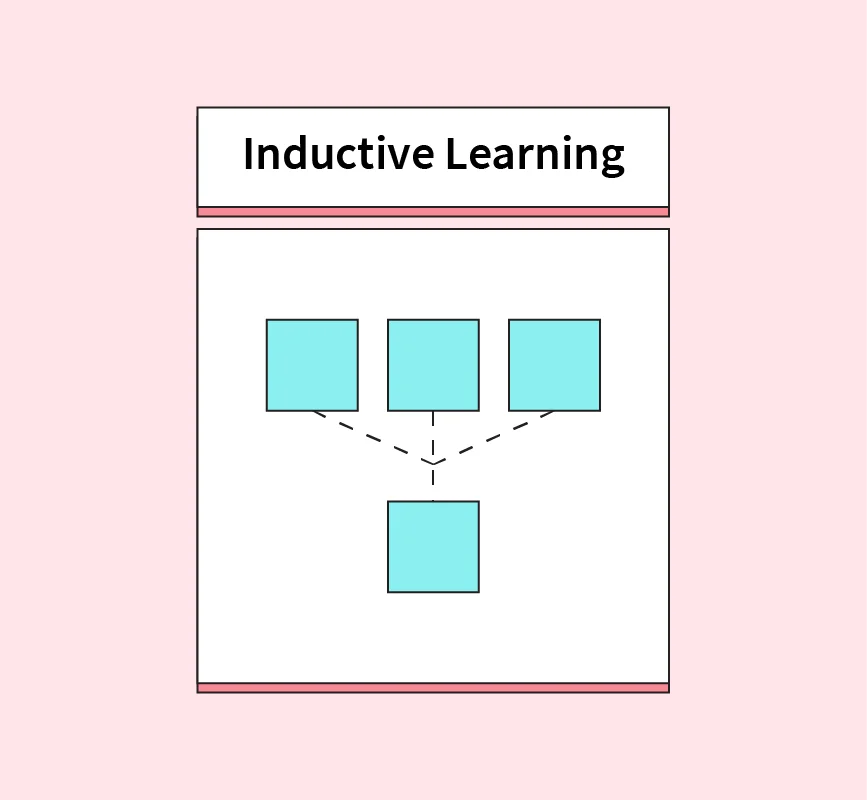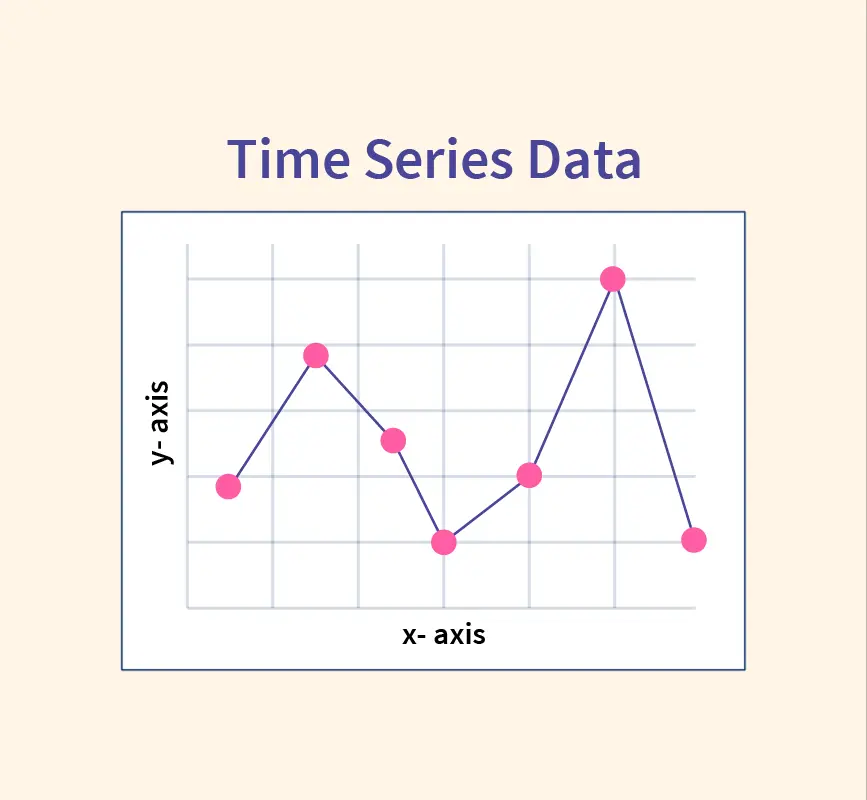In the evolving world of data science, having the right tools is essential for efficiency, accuracy, and performance. The field is vast, and there are tools for everything from data manipulation and machine learning to visualization and big data analytics. This guide highlights the top 20 data science tools you need to master in 2025, covering both open-source and commercial platforms. Whether you’re a data scientist, analyst, or engineer, this list offers the most versatile and effective tools for handling data at any scale and complexity. The right tools can dramatically enhance your productivity and drive better results.
1. Python
Python remains the most popular programming language in data science due to its simplicity, flexibility, and vast ecosystem of libraries. It supports a wide range of tasks, from data cleaning and manipulation to machine learning and visualization.
Key Features:
- Versatility: Python excels in tasks such as data wrangling, statistical analysis, and machine learning.
- Rich Library Support: Libraries like Pandas for data manipulation, NumPy for numerical computations, and Matplotlib for visualization make Python indispensable.
- Integration: Python integrates seamlessly with other languages and platforms, ensuring it remains a go-to tool for diverse workflows.
Example Libraries:
- Pandas: For handling structured data.
- NumPy: For high-performance array processing.
- Matplotlib: For data visualization.
Python’s dominance in data science continues due to its extensive community support and ability to handle complex workflows, making it an essential tool for 2025.
2. R
R is a programming language specifically designed for statistical computing and data visualization. It is particularly popular among statisticians and researchers due to its robust statistical libraries and visualization capabilities.
Key Features:
- Statistical Analysis: R is known for its ability to handle advanced statistical models and data mining techniques.
- Visualization: With packages like ggplot2, R provides exceptional tools for creating detailed visualizations.
- Data Manipulation: dplyr allows for efficient data manipulation and transformation.
Popular Packages:
- ggplot2: For creating sophisticated plots and visualizations.
- dplyr: For data wrangling and manipulation.
- caret: For simplifying machine learning tasks.
R remains a favorite for those who need rigorous statistical analysis, offering powerful tools for both academics and professionals in industries like healthcare and finance.
3. Apache Spark
Apache Spark is a powerful open-source processing engine built for big data workloads. Spark supports real-time data processing and integrates seamlessly with other data science tools.
Key Features:
- Speed: Spark’s in-memory data processing is significantly faster than traditional Hadoop.
- Scalability: It scales horizontally, making it perfect for handling large datasets.
- Versatility: Spark includes libraries like MLlib for machine learning and GraphX for graph processing.
Use Cases:
- Big Data Analytics: Spark processes massive datasets across distributed systems.
- Real-Time Data: Spark Streaming allows real-time data analysis, ideal for dynamic environments.
Spark is widely used in industries such as finance, healthcare, and telecommunications where high-speed, large-scale data processing is critical.
4. TensorFlow
TensorFlow, developed by Google, is an open-source deep learning framework that has become one of the most popular tools for building and training machine learning models, particularly for neural networks.
Key Features:
- Comprehensive Ecosystem: TensorFlow provides tools for model training, serving, and deployment.
- Flexibility: TensorFlow supports complex models for image recognition, natural language processing (NLP), and more.
- Scalability: TensorFlow can scale across CPUs, GPUs, and even TPUs.
Use Cases:
- Deep Learning: Widely used for neural networks and AI research.
- Image and Speech Recognition: TensorFlow excels at image classification and NLP tasks like language translation.
TensorFlow’s ecosystem and scalability make it a top choice for organizations building advanced machine learning models, especially for tasks requiring deep learning.
5. Scikit-learn
Scikit-learn is a popular machine learning library in Python, providing efficient tools for a wide range of tasks, from classification and regression to clustering and dimensionality reduction.
Key Features:
- User-Friendly API: Scikit-learn is easy to use, making it accessible to both beginners and advanced users.
- Comprehensive Library: It offers a rich set of algorithms, including SVM, decision trees, and random forests.
- Integration: Seamlessly integrates with other Python libraries like Pandas and NumPy.
Use Cases:
- Classification: SVM and decision trees for classification problems.
- Clustering: K-means and other algorithms for grouping data.
Scikit-learn is one of the most widely adopted tools in machine learning due to its simplicity, versatility, and integration with Python’s scientific stack.
6. Keras
Keras is a high-level neural networks API designed to run on top of TensorFlow, simplifying the process of building and training deep learning models.
Key Features:
- Ease of Use: Keras offers a simplified interface for building neural networks, making it ideal for quick prototyping.
- Modularity: It allows for easy experimentation with different model architectures.
- Compatibility: Keras supports multiple backends like TensorFlow and Theano.
Use Cases:
- Rapid Prototyping: Ideal for building models quickly and iterating on different architectures.
- Deep Learning: Keras makes it easy to build and train models for tasks like image classification and NLP.
Keras is an excellent choice for data scientists and machine learning engineers who need to rapidly prototype and test deep learning models without getting into the complexities of TensorFlow.
7. Jupyter Notebook
Jupyter Notebook is a web-based interactive tool that allows data scientists to write and execute live code, create visualizations, and document their workflows all in one place.
Key Features:
- Interactivity: Allows for the integration of code, output, and visualizations in a single document.
- Support for Multiple Languages: Although primarily used for Python, Jupyter supports over 40 programming languages.
- Collaboration: Jupyter notebooks are easy to share and are widely used for education and collaborative data science projects.
Use Cases:
- Data Exploration: Jupyter is excellent for exploring data, visualizing results, and iterating over models.
- Teaching and Tutorials: Frequently used for creating educational resources and tutorials.
Jupyter Notebook’s flexibility and ease of use have made it a standard tool for data science education and research, as well as for creating reproducible, shareable workflows.
8. Matplotlib
Matplotlib is a widely used data visualization library in Python, enabling data scientists to create static, interactive, and animated plots. It integrates seamlessly with NumPy and Pandas, making it an essential tool for visualizing data during analysis.
Key Features:
- Versatile Visualization: Supports a wide range of plot types, including line plots, bar charts, histograms, and scatter plots.
- Customization: Highly customizable plots, allowing users to adjust almost every aspect of a figure.
- Integration: Works well with Python’s other scientific libraries, making it easy to visualize data during the exploratory analysis.
Use Cases:
- Data Analysis: Matplotlib is commonly used to generate plots that help analyze trends in data.
- Publication-Quality Plots: Its detailed customization options allow for the creation of publication-ready graphs.
Matplotlib’s ability to create high-quality visualizations with minimal code ensures its continued use in 2025 for both exploratory and explanatory data analysis.
9. NumPy
NumPy is a fundamental library for numerical computing in Python, providing support for large, multi-dimensional arrays and matrices, as well as a collection of mathematical functions to operate on these arrays.
Key Features:
- Efficient Array Operations: Optimized for handling and performing computations on large datasets.
- Interoperability: NumPy arrays can be easily integrated with other libraries like Pandas, SciPy, and Scikit-learn.
- Mathematical Functions: Includes built-in support for linear algebra, Fourier transforms, and random number generation.
Use Cases:
- Scientific Computing: NumPy is commonly used in scientific research and engineering for data analysis and simulation.
- Data Manipulation: It serves as the backbone for handling data structures and performing mathematical operations in Python.
NumPy’s foundational role in numerical computing makes it a crucial tool for data scientists, underpinning many other Python-based libraries.
10. Pandas
Pandas is a powerful data manipulation library that provides flexible data structures such as DataFrames for handling structured data. It excels in tasks involving data cleaning, preparation, and analysis.
Key Features:
- DataFrames: Enables the efficient handling of tabular data with labeled axes.
- Data Manipulation: Offers tools for merging, reshaping, and aggregating datasets.
- Time Series Analysis: Provides specialized functions for working with time-stamped data.
Use Cases:
- Data Cleaning: Pandas is ideal for tasks such as removing duplicates, handling missing values, and reformatting data.
- Data Exploration: The library is widely used for exploring datasets before applying machine learning models.
With its intuitive syntax and powerful data manipulation capabilities, Pandas remains a go-to tool for data scientists in 2025.
11. D3.js
D3.js is a powerful JavaScript library for creating dynamic, interactive data visualizations on the web. It allows users to bind data to a DOM and apply data-driven transformations to HTML, SVG, and CSS elements.
Key Features:
- Interactive Visualizations: Enables the creation of highly interactive, web-based visualizations.
- Customization: D3 provides fine-grained control over visual elements, allowing for highly customized visual representations of data.
- Real-Time Data: It’s particularly well-suited for displaying real-time data visualizations.
Use Cases:
- Web Dashboards: D3.js is commonly used to create real-time, dynamic dashboards for business intelligence applications.
- Interactive Reports: It helps data scientists build interactive reports that users can explore directly in a web browser.
With its ability to handle complex and interactive visualizations, D3.js is a favorite for developers and data scientists working on data-driven web applications.
12. Tableau
Tableau is one of the leading data visualization platforms, known for its user-friendly drag-and-drop interface, making it easy to create interactive dashboards and reports.
Key Features:
- Interactive Dashboards: Tableau allows users to build dashboards that update in real time as new data is available.
- Integration: It can connect to various data sources such as Excel, SQL databases, and cloud platforms.
- Sharing and Collaboration: Tableau’s sharing features make it easy to distribute insights across teams and organizations.
Use Cases:
- Business Intelligence: Tableau is widely used in industries like finance, healthcare, and retail for visualizing key performance indicators (KPIs).
- Data Exploration: The tool helps data scientists and analysts explore large datasets and communicate insights effectively.
Tableau’s ease of use and powerful visualization capabilities make it a top tool for businesses looking to drive data-driven decision-making.
13. KNIME
KNIME (Konstanz Information Miner) is an open-source platform for data analytics, reporting, and integration, offering an intuitive drag-and-drop interface for building workflows.
Key Features:
- Visual Workflow: KNIME’s drag-and-drop interface allows users to create data workflows without coding.
- Integration with R and Python: It supports scripting in both R and Python, offering flexibility in advanced analytics.
- Machine Learning: KNIME provides built-in tools for machine learning, data mining, and ETL (Extract, Transform, Load).
Use Cases:
- Data Preprocessing: KNIME is often used for data cleansing and transformation before feeding data into machine learning models.
- Automation: The platform enables automation of repetitive tasks such as data collection and analysis.
KNIME’s versatility and ease of use make it a popular choice for data scientists who prefer visual programming for data analytics.
14. IBM SPSS
IBM SPSS is a software package used for statistical analysis in social science, healthcare, and market research. It provides advanced techniques such as regression analysis and factor analysis.
Key Features:
- User-Friendly Interface: SPSS offers a point-and-click interface that allows users to perform complex statistical analyses without writing code.
- Comprehensive Statistical Tools: It includes features for hypothesis testing, predictive modeling, and time-series analysis.
- Data Management: SPSS excels in handling large datasets, making it ideal for surveys and academic research.
Use Cases:
- Social Science Research: SPSS is widely used in academic settings for survey data analysis and hypothesis testing.
- Healthcare Analytics: It is commonly used to analyze clinical trials and patient outcomes.
SPSS’s combination of ease of use and advanced statistical capabilities makes it an industry-standard tool for non-programmers and researchers.
15. SAS
SAS (Statistical Analysis System) is a commercial tool widely used for data management, advanced analytics, and business intelligence. It is known for its reliability and robust security features.
Key Features:
- Comprehensive Data Management: SAS excels at handling large volumes of data, offering extensive tools for data cleaning and transformation.
- Advanced Analytics: SAS provides a wide range of built-in statistical and machine learning algorithms.
- Data Security: Known for its high standards in data security, making it a preferred choice for industries with sensitive data.
Use Cases:
- Business Intelligence: SAS is used for developing insights and reporting across various business domains.
- Risk Management: It’s widely adopted in finance for risk management and fraud detection.
SAS’s high reliability and built-in analytics capabilities make it indispensable in sectors where data integrity and security are paramount.
16. Julia
Julia is a high-performance programming language designed for numerical computing and data science. Known for its speed, Julia is particularly popular for data-intensive applications like simulations and high-performance computing.
Key Features:
- Fast Execution: Julia’s speed rivals that of low-level languages like C and Fortran, making it ideal for complex computations.
- Multiple Dispatch: Julia’s type system allows for highly efficient method overloading, which optimizes performance.
- Ease of Use: Despite its speed, Julia’s syntax is easy to learn and similar to Python.
Use Cases:
- Machine Learning: Julia’s speed and efficiency make it a growing choice for machine learning and AI tasks.
- Scientific Computing: It’s widely used in academia and research for simulations and numerical analysis.
Julia’s increasing popularity stems from its unique combination of speed and simplicity, making it a powerful tool for high-performance data science tasks.
17. Weka
Weka is an open-source software for data mining and machine learning, offering tools for tasks like data preprocessing, classification, and clustering. It’s user-friendly, with a graphical interface that makes it accessible to non-programmers.
Key Features:
- GUI Interface: Weka provides a drag-and-drop interface for building machine learning workflows without the need for code.
- Comprehensive Algorithms: Weka includes a wide variety of machine learning algorithms for classification, regression, and clustering.
- Data Preprocessing: The platform offers robust tools for data cleaning and preparation.
Use Cases:
- Education: Weka is commonly used in academic settings for teaching machine learning concepts.
- Exploratory Data Mining: It’s a favorite for researchers and practitioners exploring datasets for insights.
Weka’s simplicity and accessibility make it a great tool for those new to machine learning, while still offering advanced features for seasoned users.
18. SciPy
SciPy is a Python-based scientific library built on top of NumPy, offering functions for advanced mathematical computations, optimization, and signal processing.
Key Features:
- Advanced Computing: SciPy provides modules for optimization, integration, interpolation, and linear algebra.
- Built on NumPy: SciPy extends NumPy’s capabilities, offering more specialized functions for scientific computing.
- Data Processing: It includes modules for image processing and signal analysis.
Use Cases:
- Scientific Research: SciPy is widely used in physics, chemistry, and engineering for complex data analysis and simulations.
- Data Processing: Data scientists rely on SciPy for optimization tasks and for solving scientific problems that involve mathematical computations.
SciPy’s broad range of modules and functions makes it indispensable for scientific computing and data analysis in 2025.
19. Apache Hadoop
Apache Hadoop is an open-source framework that enables the distributed storage and processing of large datasets across clusters of computers. It is designed to handle massive amounts of data in parallel, making it a cornerstone of big data analytics.
Key Features:
- Hadoop Distributed File System (HDFS): HDFS allows data to be stored across multiple machines while ensuring fault tolerance.
- MapReduce: A programming model used to process and generate large datasets by breaking them into smaller, manageable parts.
- Ecosystem Support: Hadoop integrates with other big data tools like Hive (data warehousing), Pig (data flow language), and HBase (NoSQL database).
Use Cases:
- Big Data Analytics: Hadoop is ideal for analyzing large datasets that require distributed computing.
- Batch Processing: It excels at processing batch jobs over large datasets, making it suitable for tasks like log analysis and recommendation systems.
With its robust ecosystem and scalability, Apache Hadoop remains a crucial tool for handling large-scale data in 2025.
20. PyTorch
PyTorch, developed by Facebook, is a popular deep learning framework that provides dynamic computational graphs, making it a flexible and efficient tool for building neural networks.
Key Features:
- Dynamic Computation Graphs: PyTorch allows for real-time computation graph adjustments, making it easier to debug and experiment with models.
- Scalability: It scales easily across multiple GPUs, making it suitable for both research and production environments.
- Integration with Python: PyTorch integrates well with Python, making it easy to use alongside other Python libraries.
Use Cases:
- Deep Learning: PyTorch is commonly used for research and development in deep learning, especially for natural language processing (NLP) and computer vision tasks.
- Prototyping: It’s ideal for quick experimentation and prototyping due to its flexibility.
PyTorch’s focus on flexibility and ease of experimentation has made it a preferred choice for data scientists and researchers building AI models.
Conclusion
In 2025, the right tools can significantly enhance a data scientist’s productivity and decision-making ability. From programming languages like Python and R to big data processing tools like Apache Spark and visualization platforms like Tableau, mastering these top 20 tools will help you stay ahead in the rapidly evolving field of data science. These tools cover every stage of the data science workflow, from data collection and processing to machine learning and visualization. Explore and experiment with these tools to find the best fit for your specific data science needs.
References:


